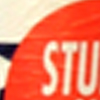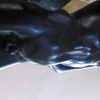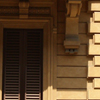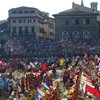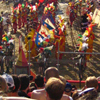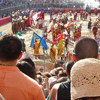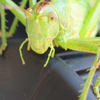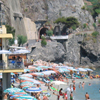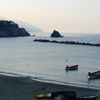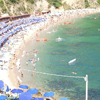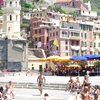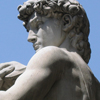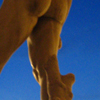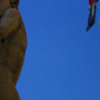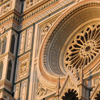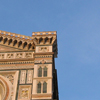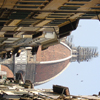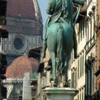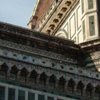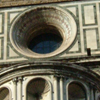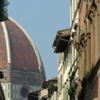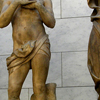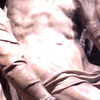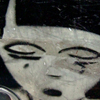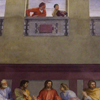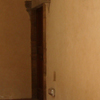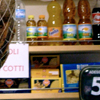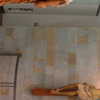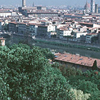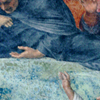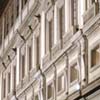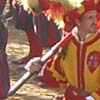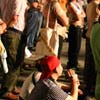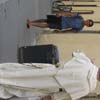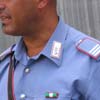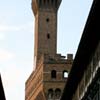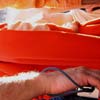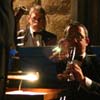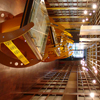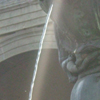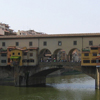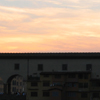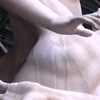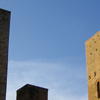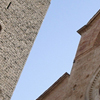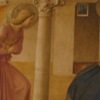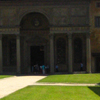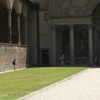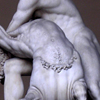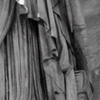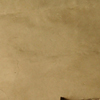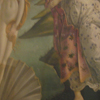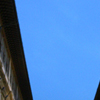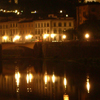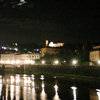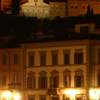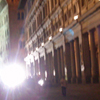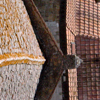

Firenze is not called the city of delight for nothing. Upon arrival on June 21, 2005, we were astounded by the Renaissance city-scape, the buildings and the strong character of the Florentine people. Being in Firenze was about experiencing and expanding the understanding of the Renaissance culture that we learned in our Vancouver studies and taking what we had learned about the Tuscan hill towns and looking for developed patterns. Firenze was also very different in the historical context than Roma, as Firenze manifests at first blush as a maintained Renaissance town. The Medici and other banking families gained power and brought the notion of civic-ness (as did other Tuscan cities such as Pisa and Siena) to the world, The clarity of the break from the Medieval culture is played out before your eyes in a lasting legacy in the art and architecture of the giants of the period (Leonardo, Michelangelo, Brunelleschi. Alberti, Donatello, Giotto, Botticelli).
After several days taking in the awesome array of works of these masters, and avoiding tourists and tourism at all costs, we had a rigourous tour of modern Firenze lead by SACI Professor Dr. Alessandro Vignozzi. We saw a Firenze–beyond the tourists–that needs to reinvigorate itself for its citizens so that it may flourish, once again, as the powerful city that it used to be. We questioned how it will become an innovation center at its core. Life for Firenze beyond Sesto Fiorentina. For example, we looked at the new Stazione Leopolda Exhibition Center, the soon-to-be-central high-speed rail terminus and Gae Aulenti's recent traffic tunnel and highway gateway design, a highway that was only built two years ago that leads in and out of Firenze but moves huge numbers of people efficiently in a notoriously inefficient urban center. Professor Vignozzi, a true friend of the program, began with us a deep conversation about the culture of edge cities. This thesis formed the basis of our Firenze in-field project presented in two parts at the SACI studios. The project lasted 10 days and studied at a high level of form analysis the contemporary social pattersn of Firenze: an extension of the analysis we applied to the Tuscan hill towns.
In our final days before leaving Firenze we drove out to the Piaggio Vespa
factory and museum at Pontedera and salivated over mint 1955 Vespa GS's, before
heading southward to two more Tuscan hill-towns: the ancient Etruscan town of
Volterra for lunch, and to the classic hill-town and towers of San Gimignano for
the evening. Also at our host institution in Firenze, SACI, we met with John
Foot, author of another of our course texts, Milan since the Miracle to discuss
the future of Italian design and Milano itself, as it was the next city after
Firenze that we would base from. We began our study of Milano in Firenze: two
almost incompatible Italian realities. Two visions of Italian success in quality
but contrasts in urban innovativeness.

